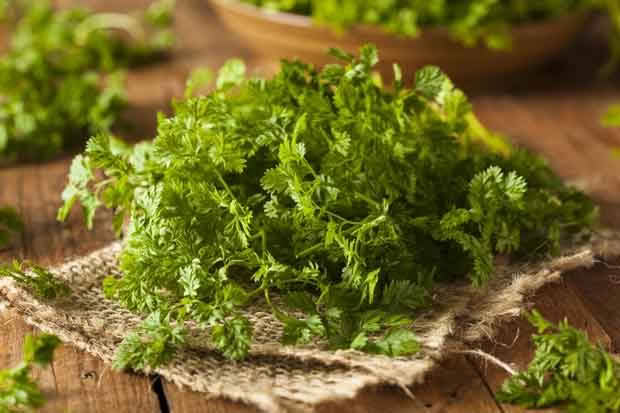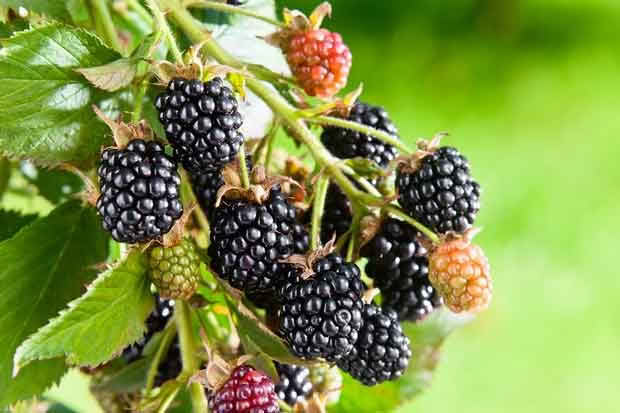What to do in the garden in July

Plant seedlings now for early spring harvests.
Prune your berry bushes, prepare for early spring veggies and harvest chervil amd miner’s lettuce.
Words: Jane Bellerby
A while back I had to make a life-changing decision. It was time for me to stop work as a part-time hospital aide: too many years of debilitating night shifts, too many friends getting sick too young.
It had all became too much and exhaustion had set in as I tried to keep it all together. There were some not-pretty scenes.
So we crunched numbers for weeks, tried to make it all add up which it never quite did, then finally made a decision. We now live as frugally as we did in our early years with a young family.
The difference this time is that we have some savings in case the car breaks down, there are less mouths to feed and, way more importantly, we have more resources established.
The 30-plus years on our land near Takaka (about 100km north-west of Nelson) means we’ve tried and tested various ways of making our ‘fruit salad’ income.
This currently includes an avocado nursery and orchard, trug making, beef cattle, writing, agisting horses and renting out a couple of small cottages, plus we produce fruit, vegetables and meat for the table.
No grain growing yet, but there is the intention for these established patterns and projects to sustain us in the coming years.
Resources on a small piece of land go way beyond food-bearing plants. For us they include amenity and timber plantings, ample firewood, a water supply, alternatives in case of power failures, well-equipped workshops full of ‘could be useful’ piles of ‘stuff’, and reliable vehicles.
In my most ‘doomsday’ state of mind I could at least ride my horse to town to buy another sack of flour or packet of candles, all good things to have on hand when winter storms are blasting through.
Apart from the vegetable garden, we’ve established food production by planting different kinds and varieties of fruit and nut trees. They were chosen because we like them but also to span the seasons so there is always something to eat. By the time the feijoas are ending their season we’re looking forward to the sweetness of Satsuma mandarins.
We’ve swapped and been gifted, bought and propagated food-bearing plants which do well for our growing conditions. Some are named and known varieties, while others more exclusive such as our Hennie’s tamarillo seedlings and cuttings which were taken from a neighbour’s prolific and tasty tree.
Wild foods are also a good resource and while we are not into animal hunting (athough happy to sit down with friends and enjoy their venison and the stories that come with it), we eat gathered seafood and pick freely-grown plants such as mint, chervil, chickweed, lemon balm, watercress, mushrooms and miner’s lettuce.
In the vegetable garden there are staples that feed us for months on end such as silverbeet, parsley and broccoli. We do try different plants but also know what we truly relish as the seasons change. Every few months there is a new delight to welcome.
Being productive at home more means we consume less from elsewhere and the pulling power of op shops and the single Takaka supermarket have less influence. Being home means more time spent riding the horses for fun, more time in the garden, and more time for our immediate community which includes some of our dearest friends. It’s an interesting and rewarding time.

Harvest chervil in winter. Photo: Dreamstime.
WHAT TO DO IN THE GARDEN IN JULY
VEGETABLES & FRUIT
• Prepare for early plantings of peas, potatoes, silver beet, lettuces, mesclun, rocket and coriander. Lightly till soil if it is not too wet before sowing seed. Do it when your gut feeling and weather conditions align.
• Weed, feed and mulch asparagus plants to reap good rewards of this luxurious and easily-grown delight come
spring time.
• Free foods offering variety, zest and health at this time of year include miner’s lettuce, chervil and violets.
• Crack nuts harvested last autumn on a winters’ night in front of the fire. Toss the shells on the fire, roast the nuts and enjoy.
• On a rainy day check, repair, sharpen and oil garden tools.
• On another rainy day, put together a slide show of your favourite garden pics and share them with interested friends.
• Study books, discuss ideas, plan projects; spring and summer are coming.
FLOWERS
• Plan ahead and prepare for spring and summer flowers by weeding, cutting back, and dividing perennials.
• Finish pruning roses and feed them well.
• Divide lilies and daylilies to increase your stocks and plant them out in well-drained, sunny spots.
• Gather seedless mulching materials but only put down a thin layer. Mulching the ground too thickly in cool weather can inhibit it warming up as the mulch acts as an insulating layer. Add more thin layers as the season progresses so weeds are inhibited, the soil is fed and growth is maximised.
• Beware of providing slugs and snails with a place of paradise, and be prepared to take steps to control them with hand picking or careful use of slug bait.
• Hopefully you marked bulb spots as they died down last year, but if not keep an eye out for delicate spears poking through and protect them from spades and big boots. I use driftwood, rocks, old china and anything else that appeals.

Prune back blackberry and boysenberry bushes now and reap the rewards in summer. Photo: Dreams time.
FIVE TIPS TO GROWING BERRIES
Words: Ben Gaia
1 Boysenberries, tayberries and thornless blackberries are “super berries” and if you’re serious should be trained on posts, wires, or wound along fences, and fed and pruned to get the nicest, largest fruit possible.
They are as easy to grow as wild blackberry (but plain boysenberries can be horrifically thorny so go for thornless varieties). They like plenty of water in summer to swell the fruit. If you’re growing them inside, make sure bees can access the flowers.
2 Don’t be afraid to prune them back hard in winter. Like all the rose family, a hard prune increases flowering and fruiting. Prune back to a 2m tall tangly trunk, then rein in the trunks and tie them to a post. This sets the new vines at picking height so they ripen better in the sun and it keeps them off the ground.
3 Feed them like any other fruit tree. Be sure to weed out any wild blackberry from your flash berry plants as the wild ones will outgrow the super 21st century ones and they will get lost.
4 My thornless blackberry in the tunnel house was laden with giant fruit early last summer. They are easily propagated from a cutting with three nodes, making sure one node is buried.
5 Soak ripe blackberry fruit to float out bugs and sticks, then freeze so you can add handfuls to apple pies in winter.

